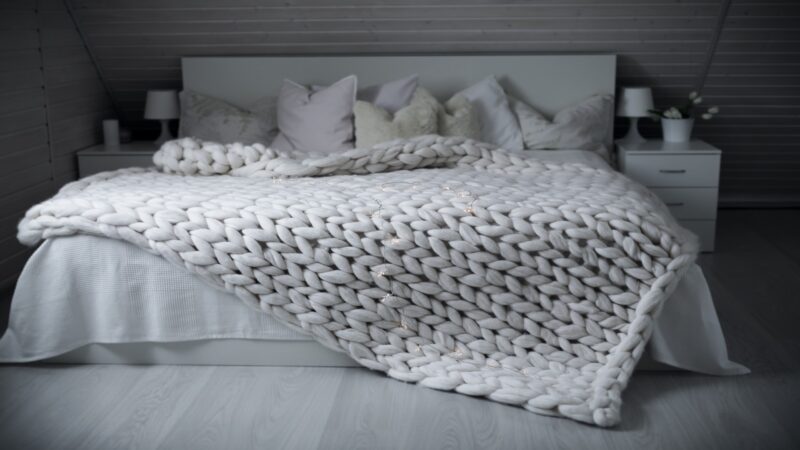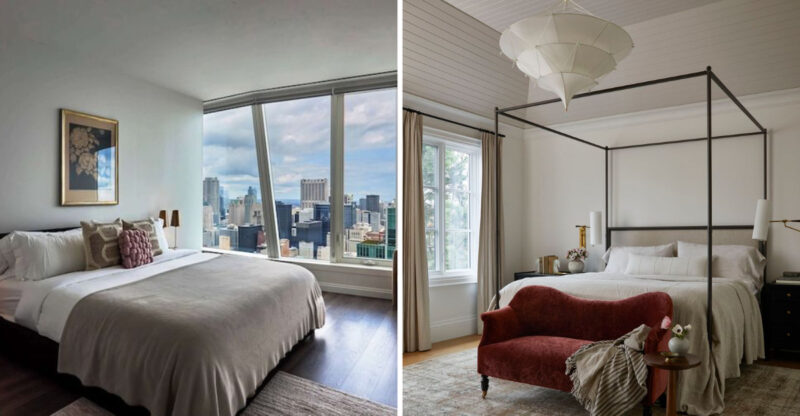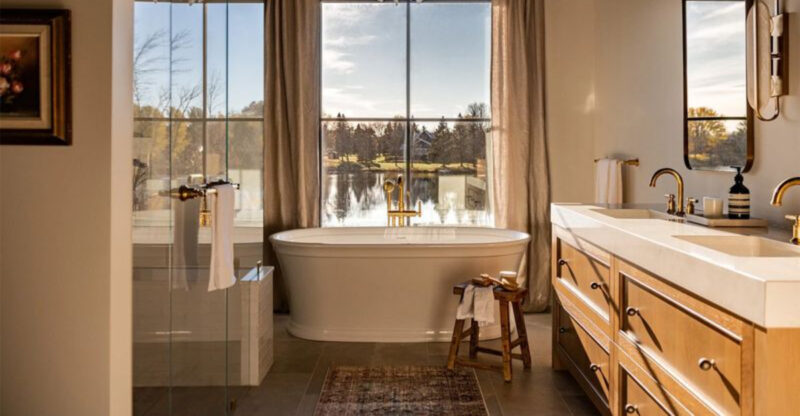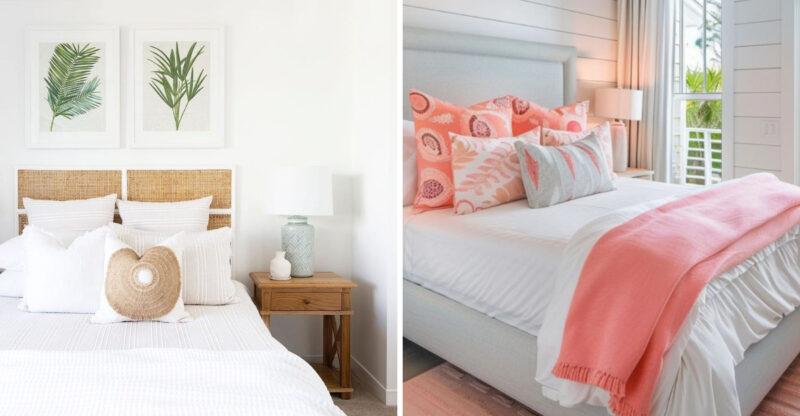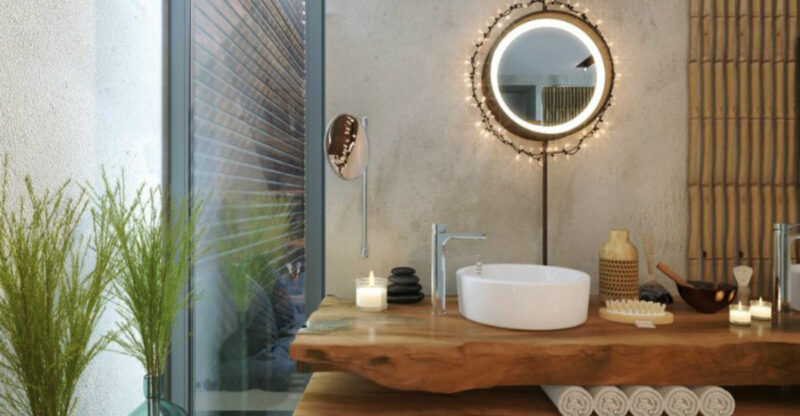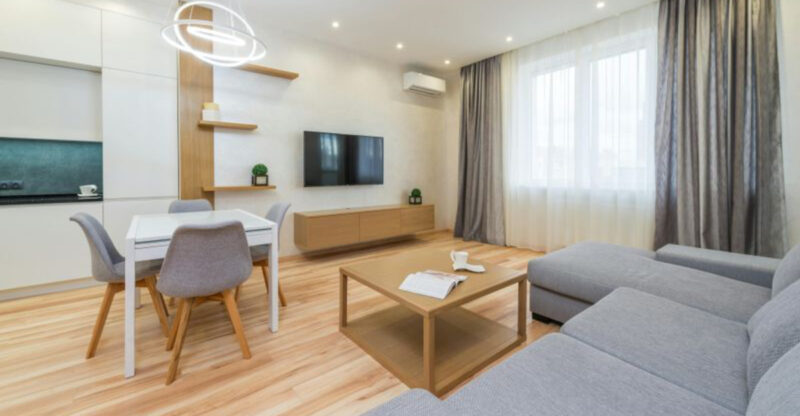7 Kitchen Design Choices You May Regret Over Time
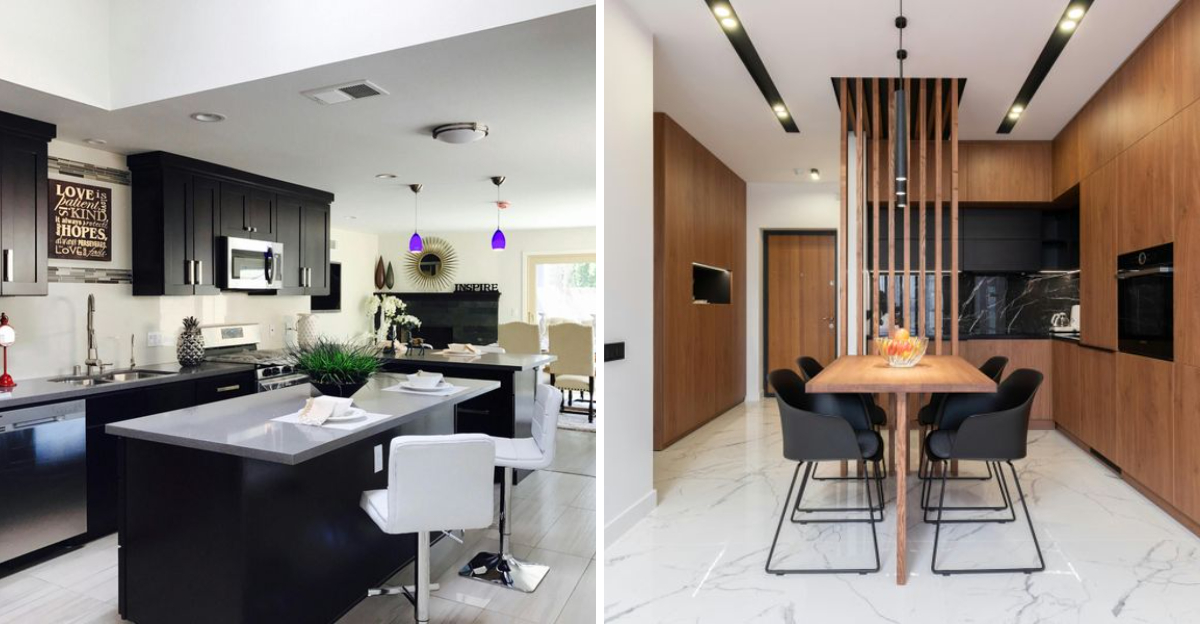
The kitchen is often called the heart of the home, but some design decisions can give you heartburn years later. I’ve seen countless homeowners face-palm after living with certain kitchen choices that seemed brilliant during renovation.
Let’s explore these kitchen design mistakes that might have you reaching for the sledgehammer sooner than you’d planned. Keep in mind, though, every home and lifestyle is unique. What feels like a mistake for one person may work beautifully for another.
1. Choosing Low-Quality Materials
How quickly that beautiful but flimsy cabinetry starts to sag! Bargain materials might feel like a win for your wallet initially, but they’ll drain it completely when you’re replacing everything in just a few years.
The particleboard cabinets I once recommended to budget-conscious clients ended up warping from normal kitchen humidity. Quality materials, solid wood, stone, or high-grade laminates, cost more upfront but save you from the headache of premature renovations.
2. Insufficient Storage Space
Where will you put that fancy stand mixer you got as a wedding gift? Kitchen gadgets multiply like rabbits, yet I’ve seen countless designs with barely enough space for basic necessities.
Skimping on storage creates daily frustration as you play Tetris with pots and pans. My clients who opted against that extra row of upper cabinets or pantry space universally report it as their biggest regret.
Remember, you can never have too much storage in a kitchen.
3. Poor Lighting Layout
Trying to chop vegetables in your own shadow is both frustrating and dangerous! Inadequate lighting transforms cooking from pleasure to punishment faster than you can say “where’s the bandaid?”
Task lighting isn’t just designer jargon, it’s essential above work areas. One client insisted on skipping under-cabinet lights to save money, only to call me later begging for an upgrade.
Strategic lighting in layers (ambient, task, and accent) creates both functionality and atmosphere.
4. Ignoring Workflow And Layout Efficiency
Did you know professional chefs swear by the triangle? Not the instrument, the sacred workflow triangle between sink, stove, and refrigerator. Many homeowners get dazzled by aesthetics and forget functionality.
A gorgeous kitchen becomes a nightmare when you’re constantly doing laps between appliances. One family I worked with placed their refrigerator on the opposite side from their prep area, creating constant traffic jams during meal preparation.
An efficient workflow saves countless steps and frustrations over the years of daily use.
5. Overcommitting To Trendy Design Elements
Those turquoise cabinets looked amazing on Pinterest, didn’t they? Trendy elements can transform into eyesores faster than avocado-colored appliances did in the 1970s.
Clients who went all-in on ultra-modern waterfall countertops or busy Moroccan tile backsplashes often call me within five years for updates. Instead, consider incorporating trends through easily replaceable elements like paint colors, hardware, or accessories while keeping permanent fixtures timeless.
6. Neglecting Ventilation And Airflow
If your smoke detector doubles as a dinner bell, your ventilation needs serious help! Proper airflow isn’t just about removing cooking odors, it affects everything from cabinet longevity to air quality.
Underpowered range hoods create greasy residue that coats surfaces over time. A family that chose a decorative but weak ventilation system found their white cabinets turning yellowish within two years.
Investing in proper CFM (cubic feet per minute) ratings for your space size prevents long-term damage and daily annoyances.
7. Selecting Inconvenient Counter Heights
Though standard counter heights exist for a reason, I’ve seen many clients insist on custom measurements without considering the ergonomic consequences. Your back will remind you of this mistake every time you prepare a meal.
One tall client requested extra-high countertops, forgetting his average-height spouse would struggle to use them comfortably. Counter heights should accommodate your primary cooks, typically, 36 inches works for most, but test before committing.
Remember that islands can have varied heights to serve multiple functions and users.

